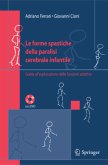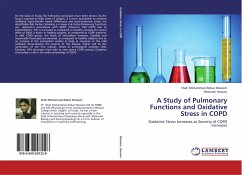SCI is defined as the compression of the medulla or disruption of the spinal cord resulting in loss of sensory, motor and autonomic function below the level of lesion or injury. Injury to the cervical spine between the first and eighth (C1-C8) cervical spinal vertebra leading to partial or complete paralysis of all four extremities and trunk including respiratory muscles is known as Tetraplegia or Quadriplegia (Kirshblum et al., 2011). There is an annual incidence of 3.6- 195.4 patients per million of SCI in the world (Amanat, Vaccaro, Salehi, Rahimi-Movaghar, 2019). India is the second most populous country in the world (Mathur et al., 2015) and the average annual incidence of SCI is 15,000 new cases per year with a prevalence of 0.15 million (Mukherjee,1999, pp. 333-354). Spinal cord injury can result from both traumatic and non-traumatic etiologies. The traumatic SCI (T-SCI) is injury caused as a result of motor vehicle accidents, gunshot wounds, fall from height, heavy weight fall etc (Chhabra & Arora, 2012) and multiple etiologies of non-traumatic SCI (NT-SCI include vertebral spondylosis (spinal stenosis), spinal tumors, Pott's spine etc (Gupta, Taly, Srivastava,Murali, 2009). Both T-SCI and NT-SCI are associated with life-long devastating consequences for the individual and require high economic cost for specialized rehabilitation (Ronen, 2004). Tetraplegics are more frequently rehospitalized due to respiratory complications and paraplegics commonly encounter diseases of the genitourinary system (Winslow, Bode, Felton, Chen,Meyer 2002).








